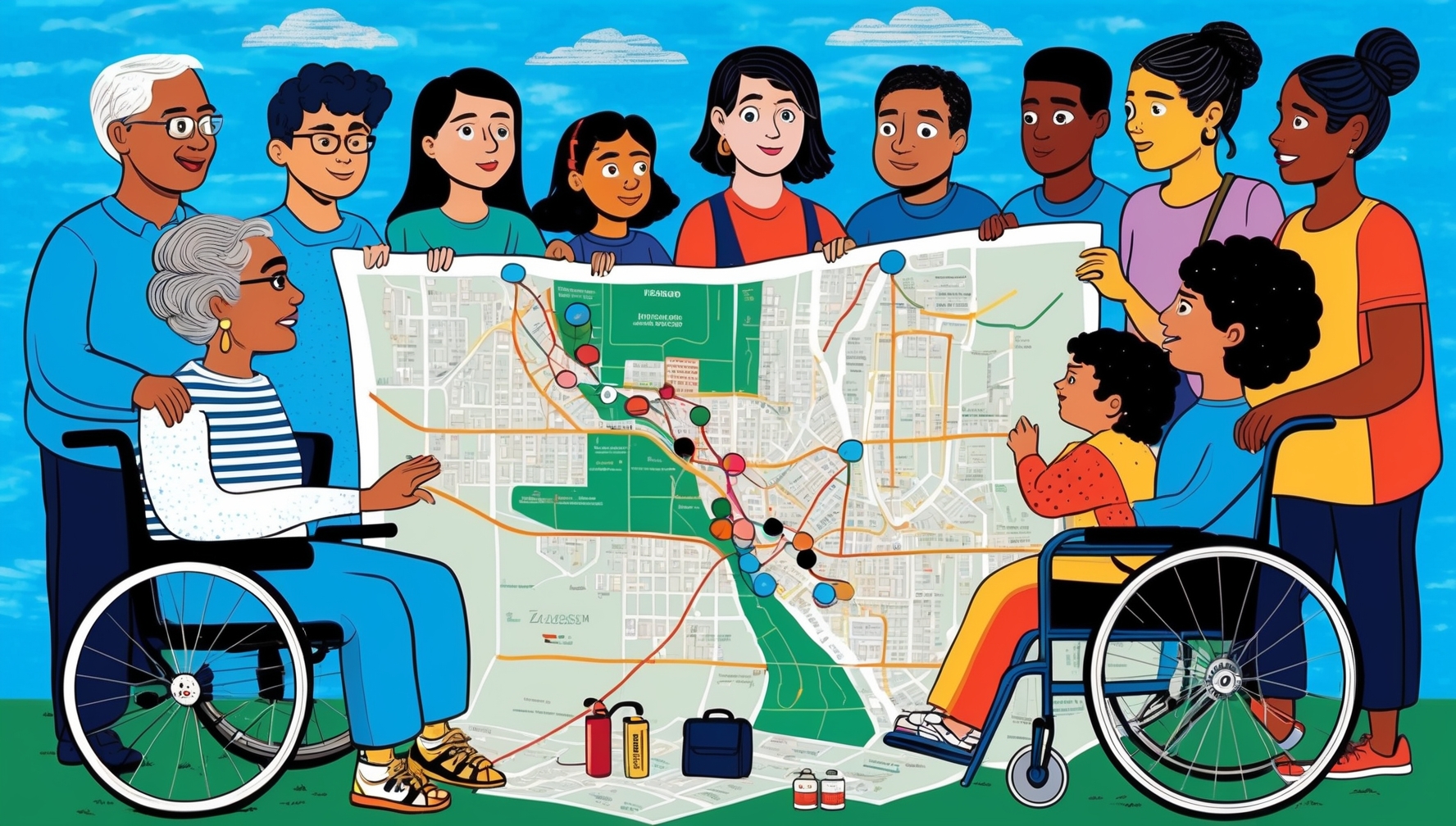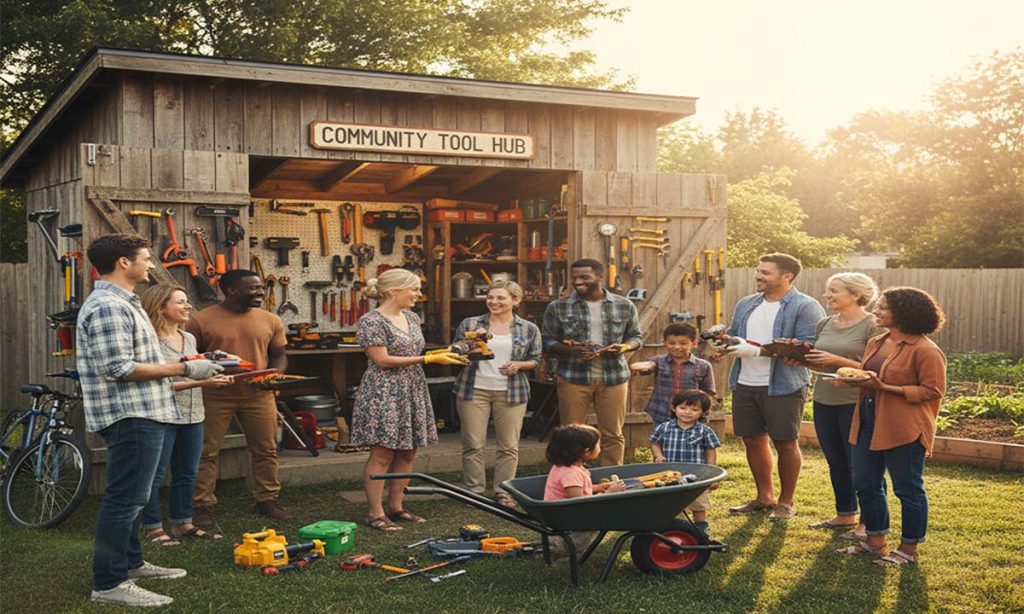Emergency preparedness is essential for ensuring that a community can respond effectively to unexpected crises such as natural disasters, pandemics, or other emergencies. Proper planning and organization can save lives, reduce damage, and speed up recovery. Here’s a comprehensive guide on how to prepare your community for emergencies.
1. Assess Community Risks and Needs
Identify Potential Hazards: Conduct a risk assessment to identify potential hazards specific to your area. These may include natural disasters (earthquakes, floods, hurricanes), industrial accidents, or public health emergencies.
Evaluate Community Needs: Assess the needs of your community, including vulnerable populations (elderly, disabled, low-income families), to ensure that preparedness plans address their specific requirements. Consider involving neighborhood watch programs and community policing initiatives to identify and support at-risk individuals.
2. Form an Emergency Preparedness Committee
Recruit Members: Assemble a diverse group of volunteers, including community leaders, emergency responders, and concerned residents. This committee will lead the preparedness efforts and coordinate response plans.
Define Roles and Responsibilities: Clearly define the roles and responsibilities of committee members. This includes coordinating training, managing resources, and communicating with residents and emergency services.
3. Develop an Emergency Plan
Create a Comprehensive Plan: Develop a detailed emergency plan that outlines procedures for various types of emergencies. The plan should cover evacuation routes, emergency shelters, communication strategies, and resource management.
Include Contact Information: Ensure that the plan includes up-to-date contact information for local emergency services, utility companies, and key community contacts.
Develop Special Needs Plans: Create specific plans for individuals with special needs, including those with mobility issues, medical conditions, or language barriers.
4. Educate and Train the Community
Host Training Sessions: Organize training sessions for residents on basic emergency procedures, first aid, and CPR. Ensure that training is accessible and relevant to all community members.
Distribute Educational Materials: Provide educational materials such as pamphlets, flyers, and online resources that outline emergency procedures and preparedness tips.
Conduct Drills: Regularly conduct emergency drills to practice response procedures and identify areas for improvement. Include different types of emergencies to ensure comprehensive preparedness.
5. Establish Communication Channels
Create a Communication Plan: Develop a communication plan to keep residents informed before, during, and after an emergency. This should include methods for disseminating information through social media, local radio, and community bulletin boards.
Set Up a Notification System: Implement an emergency notification system to quickly alert residents about emergencies, such as text alerts, automated phone calls, or sirens.
Develop a Crisis Communication Team: Form a team responsible for managing communication during an emergency. This team should coordinate with media outlets and provide accurate, timely information to the public.
6. Prepare Emergency Resources and Supplies
Stock Emergency Kits: Encourage residents to prepare emergency kits with essential supplies such as food, water, medications, and first aid items. Provide guidelines on what to include in these kits.
Establish Resource Centers: Set up resource centers where residents can access emergency supplies, medical aid, and information during a crisis. Ensure these centers are well-stocked and accessible.
Identify Safe Shelters: Designate and prepare safe shelters where residents can seek refuge during emergencies. Ensure that these shelters are equipped with necessary supplies and have accessibility features.
7. Build Partnerships and Collaborate
Work with Local Organizations: Collaborate with local organizations, businesses, and schools to strengthen preparedness efforts. These partnerships can provide additional resources, support, and expertise.
Coordinate with Emergency Services: Maintain a strong relationship with local emergency services such as police, fire departments, and medical facilities. Regularly update them on community plans and involve them in preparedness activities.
Engage with Other Communities: Network with neighboring communities to share resources, best practices, and support. Regional cooperation can enhance overall preparedness and response capabilities.
8. Monitor and Update the Plan
Review and Revise: Regularly review and update the emergency plan to reflect changes in community demographics, risks, and resources. Incorporate feedback from drills and real emergencies to improve the plan.
Conduct Regular Assessments: Evaluate the effectiveness of preparedness efforts through assessments and after-action reviews following drills and actual emergencies.
Keep the Community Informed: Maintain ongoing communication with residents about updates to the emergency plan, upcoming training opportunities, and preparedness tips.
Conclusion
Effective emergency preparedness involves thorough planning, community involvement, and ongoing education. By following these steps, you can enhance your community’s resilience, ensuring that residents are well-equipped to handle emergencies and recover swiftly.






